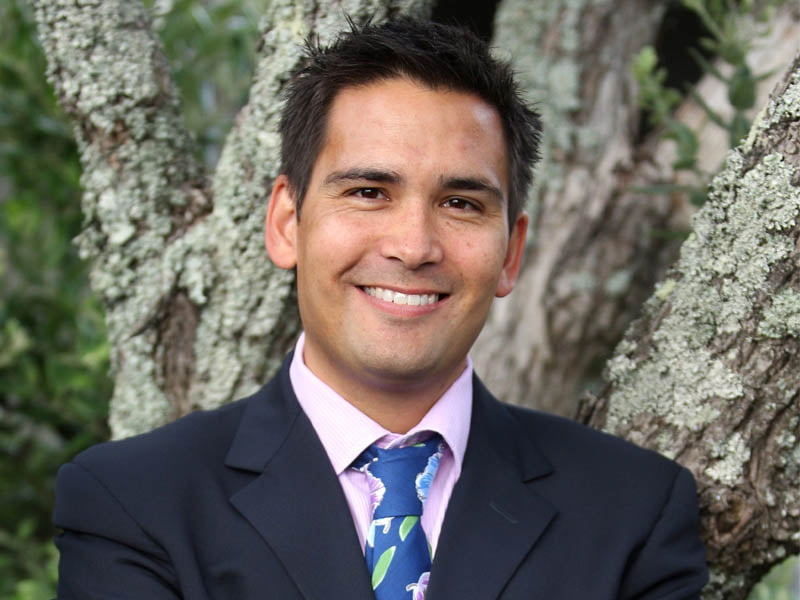While Australia is deliberating over its approach to the Internet of Things (IoT), the Land of the Long White Cloud is pushing ahead, with our Kiwi cousins announcing a new digital sector and government alliance to drive the economic and social benefits of IoT.
The alliance – unveiled last week and yet to be formally named – will help to harness the potential of IoT and provide a forum for enabling New Zealand to better understand the benefits and potential issues, such as privacy and cyber security.
IoT is a concept that involves connected devices to the internet, enabling them to talk to each other and to people. For example, smartphones might prompt people to take a specific route to an event because it has access to their current location and calendar.

“IoT is a transformative technology, one that promises to boost productivity across all major sectors of the economy, assist in monitoring our health, make transport and logistics more efficient, help reduce energy consumption and tackle environmental issues,” New Zealand Communications Minister Simon Bridges said.
“Initial research by the alliance, which will provide an evidence base for future work, already suggests potential economic benefits to be in the hundreds of millions of dollars for the New Zealand economy through the deployment of IoT across a variety of sectors.”
The alliance is one of several new initiatives included in the new “Building a Digital Nation” report, which Mr. Bridges released at the launch. The report sets out how the government is partnering with New Zealand’s digital sector, with other sectors of the economy and the wider digital community, to enable New Zealand to become a leading digital nation.
“This is the first time the full program of activity has been pulled together in one place, serving as a focal point for ongoing engagement with the digital community and for shaping and driving New Zealand’s digital transformation,” said Mr Bridges.
A cross-government effort which is developed with support from New Zealand’s digital community, the program covers areas that are critical to ensuring that the country is able to adapt and take advantage of the opportunities driven by technological change.
It also serves to guide agencies to focus on the right initiatives in the right areas to support the growth of New Zealand’s Digital Sector and the smart use of ICT across the economy.
While New Zealand has maintained a strong pace in its push for IoT, Australia has somewhat lagged behind in the absence of appropriate initiatives and a focused approach.
The IoT Alliance Australia (IoTAA) was formed last July to “shape the regulatory and collaborative framework to garner IoT-related benefits for Australian industry and the wider economy” – albeit it might have arrived later than expected.
“A lot of countries are already ahead of us when it comes to IoT. If we don’t turn this around we will miss out on a lot of new jobs, more investment and new businesses,” the then Shadow Minister for Communications Jason Clare said at the time. He said that IoT harbours both massive opportunities and significant risks.
According to research firm IDC, the Australian IoT market is worth more than $18 billion by 2020. It expects to see 2.7 million connected commercial vehicles, 1.7 million pets and 1.8M healthcare appliances in the country by 2020, reinforcing that IoT is about “connecting things that weren’t originally intended to be connected to the Internet”.
A recent report from the research firm found that open systems feature highly on IoT decision-makers’ radars in Australia, with 81 per cent of organisations rank common data and connectivity standards as extremely or very important.
However, it also found that 63 per cent of Australian organisations rate open source software standards as extremely or very important—with security and privacy concerns a major worry.
With the development of IoT technology moving at a rapid speed, Australia needs to tackle these issues sooner than later, step up and move faster.
It must seek to understand its potential benefits and risks, and how best to use it to innovate and increase its competitiveness on the world stage—or risks being left behind.
Do you know more? Contact James Riley via Email.

